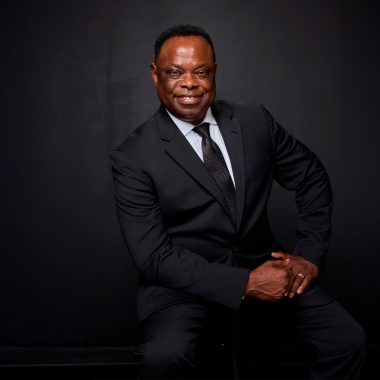For more than three decades, Kendrew Peacey has witnessed technology shift from green-screen terminals and serial cables to interconnected networks, cloud platforms and AI-driven systems. Through every wave of change, one thing has remained consistent. “When you do a transformation, it is all about the team that you build,” says Peacey, whose career insights offer a grounded view of how organizations can navigate the complexity of digital transformation without losing sight of the people who make it possible. For him, successful digital transformation begins with the basics. “Solving simple challenges ultimately solves the complex challenges higher up,” he explains.
Building Teams That Can Weather the Hard Parts
Transformation is rarely a predictable process, which is why Peacey emphasizes clarity from the very beginning. He wants teams to understand not only the scale of the work ahead but also the roles they each play in keeping momentum steady when challenges surface. “It is not simple. You are going to go through enormous challenges and a lot of frustrations,” he says, a reminder meant to steady teams rather than discourage them. When everyone knows why the transformation is happening and how their contributions support it, collaboration becomes stronger and decision-making improves.
This focus on clarity is rooted in Peacey’s global experience. Working closely with teams in US, India, Pakistan, Canada, Australia, and Europe revealed how cultural context shapes communication and trust. Some team members had previously been treated “like puppets,” an approach he saw as harmful to both morale and innovation. Peacey takes the opposite stance. “I’ve leveraged the knowledge and the experience that other folks have gained over their careers, their ideas, their innovation,” he says.
Transparency as the Foundation of Transformation
When leaders ask Peacey where to begin with a company-wide initiative, his answer always starts with transparency. Every contributor must understand the goal, the complexity of the task and their individual role. He compares this to rugby, where each of the fifteen players holds a defined responsibility and must trust teammates to do the same. “Everybody’s got to understand that if they see things go wrong or if they make mistakes, it is their responsibility to speak up,” he says. Progress depends on honesty without fear of blame.
He draws inspiration from South Africa’s 1995 Rugby World Cup, where the team united a divided country by acknowledging and incorporating diverse cultures rather than ignoring them. Peacey sees a similar dynamic in digital transformation. Leaders must recognize the varied backgrounds and perspectives in their teams and use them as strengths. Early experiences in his own career reinforced this belief. He recalls meeting a global president who, two years after their first brief interaction, remembered his name, his role and the work he had contributed.
“That had a huge impression,” Peacey says. “A leader of a global organization who knows the individuals in the organization and takes the trouble to understand who they are makes a massive impact on belief and trust.”
Amplifying the Human in AI Adoption
As AI becomes more deeply embedded in transformation strategies, Peacey warns against assuming it can replace human judgment. “AI by itself is not going to be successful and people by themselves are not going to be successful,” he says, pointing to the erosion of critical thinking skills as individuals accept AI-generated answers without questioning them.
For him, real value comes when people and AI collaborate, each amplifying the other. On the software side, he remains cautious about the rapid excitement around AI-generated applications created in a single prompt. While the initial build is impressive, Peacey stresses that “most of what software developers do is maintenance.” Applications evolve for years after launch, and if developers do not fully understand the code AI produces, they struggle to guide its maintenance or enhancement. The result is fragile products that become difficult to support.
The Right Attitude
Organizations looking to modernize their systems or redefine how they work can find in his perspective a reminder that success begins and ends with the team. Even as technology accelerates, Peacey maintains that the hardest part of transformation comes down to building teams with the right attitude.
He prioritizes hiring people who are curious, committed to solving root causes and able to communicate clearly. “If you have a solid team, you have a much better chance of being successful,” he says.
Connect with Kendrew Peacey on LinkedIn for more insights.







